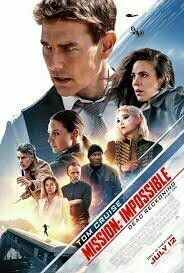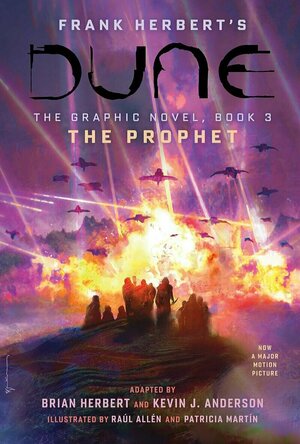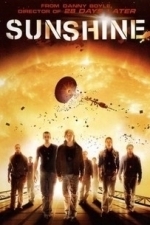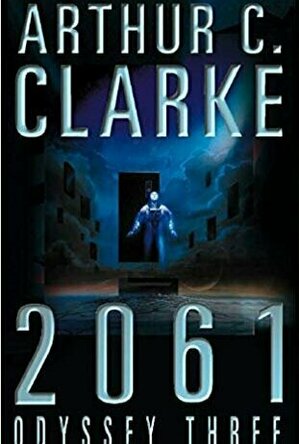David McK (3663 KP) rated Mission impossible dead reckoning part one (2023) in Movies
Aug 19, 2023 (Updated Jun 1, 2025)
Long winded title.
It's also the 7th entry (of a definite 8, possibly more) in what-has-become Tom Cruise's signature franchise, which has now been running for nearly 30 years (27 years as of 2023, to be precise).
And I was initially shocked by how old Cruise looked during the opening scenes of this - no longer the fresh baby-faced figure of the early entries!
Anyway, this particular entry goes more into the realms of science-fiction than any of the previous instalments have, with Ethan Hunt and co searching for a way to stop the rogue AI known only as The Entity.
Personally, I found this to get a bit muddled in the middle - with one surprising death that I wasn't expecting (and that left a bit of a sour taste) - although it all leads to a barn-buster of a final act.
Personally, I still feel that Rogue Nation is the one to beat.
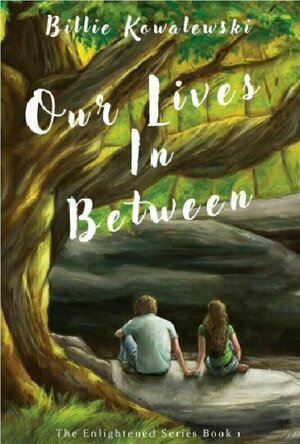
Our Lives in Between (Enlightened #1)
Book
It had been five years since the accident that derailed Veronica’s life, which left her suffering...
Dystopian Young Adult Science Fiction
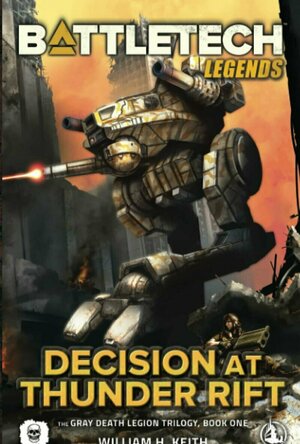
Decision at Thunder Rift: Book One of The Saga of the Gray Death Legion
Book
THE EPIC FIRST NOVEL OF THE LEGENDARY SCIENCE FICTION SERIES... Thirty meters tall, seventy tons...
David McK (3663 KP) rated Frank Herbert's Dune, the Graphic Novel book 3: The Prophet in Books
Apr 6, 2025
Which I'm well aware, due to the nature of the medium, leaves a lot out.
As such, it's interesting reading this (after having read the previous 2 entries in the same graphic novel series) to see how much is familiar, and how much is changed.
Oh, the basics are there right enough (in the movies), but there are several differences to the story: Paul Atriedes sister (only teased in Part 2), here, being the most prominent example.
Not having read the 'original' original, I can't say how much was changed for the move from print to graphic novel medium, but I do believe that the authors/artists/stencillers here did try to stick as close as possible to that story.
I can understand why it was slimmed down for the move to the big screen.
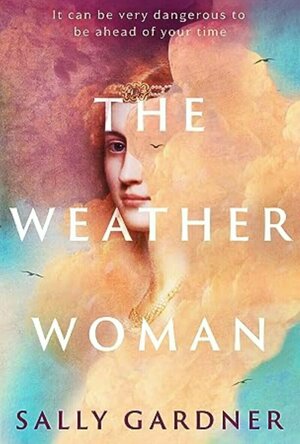
The Weather Woman
Book
The rich and atmospheric new novel from prize-winning author Sally Gardner, set in the 18th century...
Magical realism Historical fiction
Chris Sawin (602 KP) rated Sunshine (2007) in Movies
Jun 19, 2019
I've got to say right off the bat that this is one of my favorite films to come out in recent years. I think it's an almost perfect film. The film had a science advisor and it shows as it's a very intelligent film. The Danny Boyle films I've seen have been good, but I think this one is my favorite thus far. It's another film that is beautifully shot. Every frame is just oozing with vibrant colors and Boyle's style bleeds through in every scene. Cillian Murphy is impressive, as always. He's another actor I feel deserves more credit than he's given as he impresses me more and more as his talent seems to shine that much brighter in each film he's involved with. Chris Evans was the guy who surprised me in this. It's not a role you'd expect to see him in after seeing him in films like Not Another Teen Movie and Fantastic Four. He's in top form though and he fits into this role in ease. This is also one of the few films that I really enjoy the soundtrack, as well. When a soundtrack enhances the movie experience instead of taking away from it, it only makes the film that much better. This is one of those soundtracks.
As great as the film is, it's greatest strength is its biggest flaw. They did have a science advisor and it helps make the film more believable, more intelligent, etc. The things that were changed to add suspense or for whatever reason other than to make the film more believable or as factual as possible make the film seem a little farfetched at times. It's really only a minor nitpick and it doesn't take away from how superb this movie really is.
Sunshine is a film any science fiction or horror fan should see. It's mostly a science fiction film, but the last half or so is pure horror. There's definitely an Event Horizon feel to this film. It's an interesting formula that pays off pretty well in the end. The film looks fantastic as every shot seems to jump off the screen in vibrant color. It's very well written and pretty believable(given the circumstances). The acting is top notch and it's a film I highly recommend to anyone I can.
Phil Leader (619 KP) rated 2061: Odyssey Three (Space Odyssey, #3) in Books
Nov 8, 2019
With the return of Halley's Comet in 2061, a luxury trip is proposed which Floyd's sense of adventure can't resist. However when things don't quite go to plan his resourcefulness comes to the fore - as well as his connection to long-lost astronaut Dave Bowman and computer HAL9000.
As a neat piece of science fiction, leaning heavily on the science, this books works well and it's a compelling read, especially the encounter with the comet, a world so utterly alien Clarke does well to capture it in his descriptions. As a sequal to 2001 and 2010 it works perhaps a little less well as it doesn't have a great deal to do with the future of mankind, as the first books do. The sequence around the comet would have worked with any protagonist, it didn't need to be Floyd, but would have been a shorter work. But it just about fits into the Space Odyssey ouvre and it's always good to meet up with old friends.
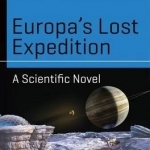
Europa's Lost Expedition: A Scientific Novel
Book
This classically styled, chilling murder mystery about an expedition under the ice of Jupiter's...
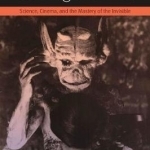
Realizing the Witch: Science, Cinema, and the Mastery of the Invisible
Todd Meyers and Richard Baxstrom
Book
Benjamin Christensen's Haxan (The Witch, 1922) stands as a singular film within the history of...
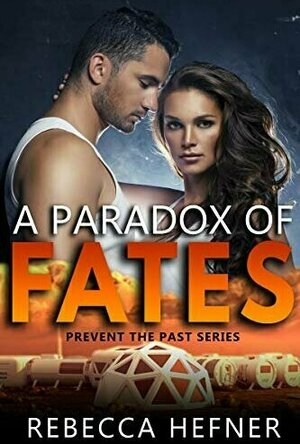
A Paradox of Fates (Prevent the Past #1)
Book
One woman bred to save the world… Dr. Elaine “Lainey” Randolph was born with one sole...
Science Fiction Time Travel Romance
